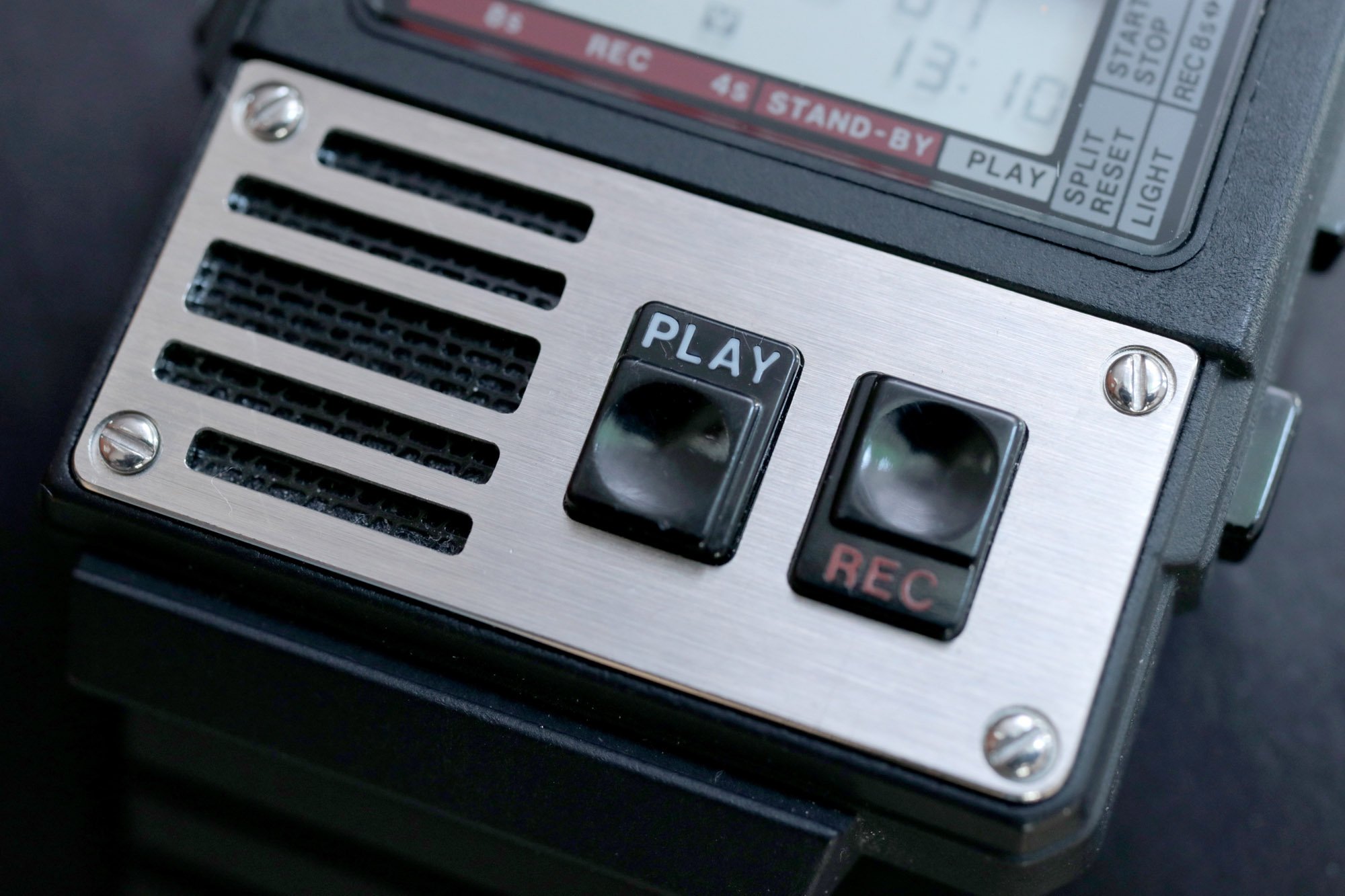

The octave transposition of Eb (the alto voice): The alto voice in the Ab major seventh chord: However, the alto voice MUST be transposed an octave lower. The octave transposition of the alto voice produces the drop-2 voicing of a chord. “The Octave Transposition Of The Alto Voice…” It’s called a drop-2 voicing technique because the second voice in the chord is literally dropped by an octave. …produces the drop-2 voicing of the C major seventh chord: …is the alto voice, playing the alto voice an octave lower (as this G): The drop-2 voicing of a chord is the re-arrangement of a chord in such a way that the alto voice is played an octave lower that it’s position.

In this segment, we’ll be learning the drop-2 voicing technique, which is the octave transposition of the alto voice in a chord. We’ve covered several of these voicing techniques in the past – “part-over-root” voicing technique, upper-structure voicing technique, A&B voicing technique, polychord voicing technique and so on. The consideration of chord tones as voices leads to the rearrangement of the voices using voicing techniques. Voicing is the consideration of the notes of a chord as voice parts.
Voice note c how to#
Now that you know what the alto voice is and how to find it in triads and seventh chords, I’ll be showing you how to rearrange a chord using its alto voice. “The Same Thing Is Obtainable For Other Triads And Seventh Chords…” It’s easy to identify the alto voice in a chord because it’s the second to the highest voice. The alto voice lies immediately below the first voice (aka – “soprano”), which is the highest voice in every chord. …the notes are considered as voice parts thus: In a four note triad like the C major triad: In chorale music, there are four main voice parts: Voicing is the consideration of the notes of a chord as voices or voice parts. Consequently, the notes of a chord are designed to be played together.ĭid I also mention that the term chord is derived from accord – which is an old English word that means “together.” A Short Note On The Concept Of Voicing “…Played Together…”Ī chord is a product of the harmonic relationship between notes. When a collection of notes are played together, there are two possible outcomes – consonance and dissonance.Ĭonsonance is the outcome when a chord sounds pleasant and agreeable, while dissonance is the outcome when a chord sounds unpleasant and harsh. The notes of the C natural major scale are also related by third intervals (aka – “tertian harmony”.) …and tertian harmony (a class of harmony based in third intervals.) C, E and G are the first, third and fifth tones of the C natural major scale. …are related by the C natural major scale: The notes of the C major triad (which are C, E and G): “…Related Notes…”Ī collection of notes can only be considered as a chord if they are related by a given scale and a class of harmony. In a nutshell, three is the minimum number of notes in a chord. A chord is a product of the harmonic relationship between at least three notes.Īlthough intervals are a product of the harmonic relationship between two notes, according to Jermaine Griggs, “they should be considered as the building block of chords and NOT as chords.” There are two relationship types that can exist between notes – melodic and harmonic relationship. …would give you a better understanding of the term chord. According to Jermaine Griggs, “…a chord is a collection of three or more related notes (agreeable or not) that are played together.”

There are so many ways to define a chord. A Quick Review On ChordsĪttention: If you already know about chords, kindly skip to the next segment. This technique is suitable to all, irrespective of your musical orientation – classical, gospel, or jazz.īefore we get into our goal in this lesson, let’s have a brief discussion on chords. I’ll not only show you the alto voice in this lesson, I’ll also show you a voicing technique for the alto voice that will revolutionize your playing overnight. You arrived at this page because you want to learn about the alto voice in a chord.


 0 kommentar(er)
0 kommentar(er)
